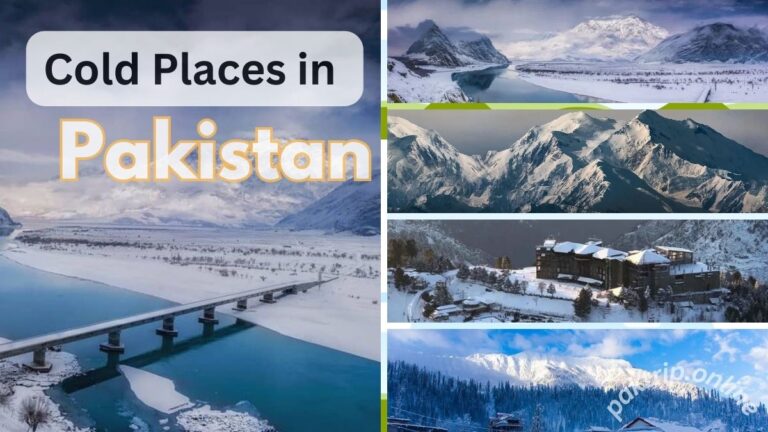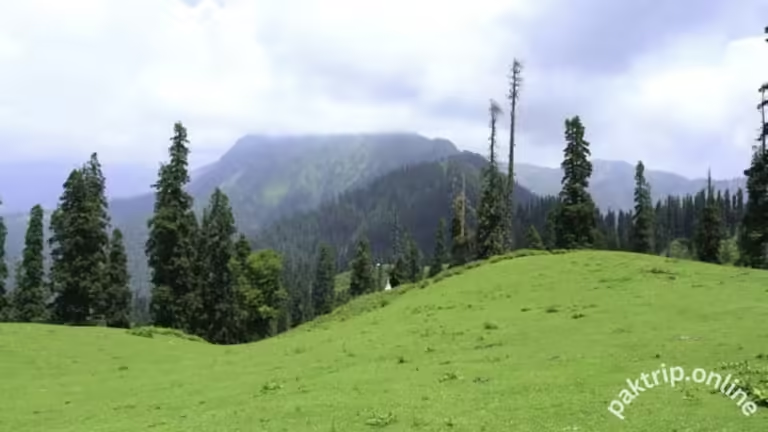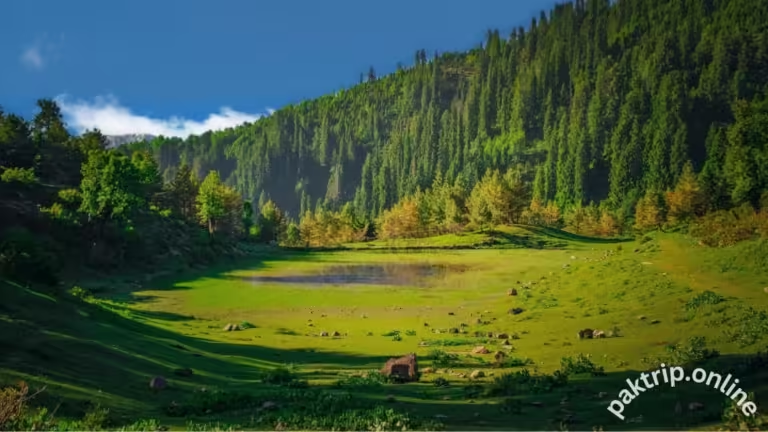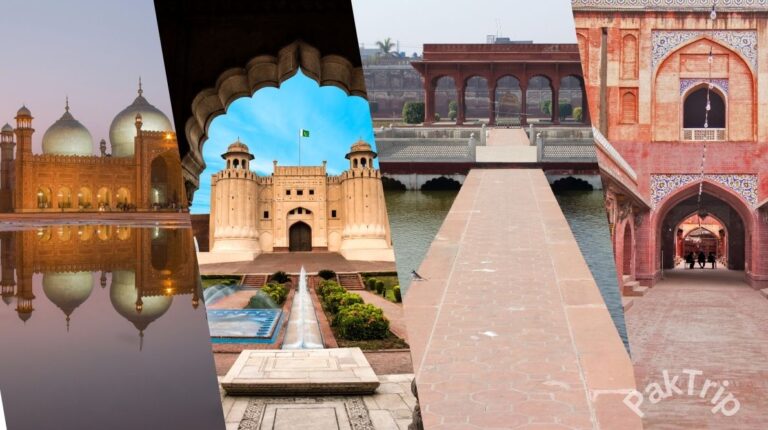Musa Ka Musala Trek: Pakistan’s Majestic 4080m Peak
Musa Ka Musala is one of the most sought-after trekking destinations in Pakistan, offering a thrilling adventure for hikers and nature lovers alike. Standing at an impressive height of 4080 meters, it is the second-highest peak in the Siran Valley, located at the junction of Siran and Kaghan Valleys. Known as “Moses’ Mat,” this mountain offers trekkers a chance to experience stunning 360-degree panoramic views, rugged landscapes, and the pristine beauty of the Himalayan range.
In this guide, we’ll cover everything you need to know about the Musa Ka Musala trek, including essential details about the trek’s difficulty, the best time to visit, what to expect, and much more. Whether you’re a seasoned trekker or a beginner, this guide will help you prepare for an unforgettable adventure to one of Pakistan’s most iconic peaks.
What is Musa Ka Musala?
Musa Ka Musala is a majestic peak that rises 4080 meters above sea level, making it one of the highest points in the Kaghan and Siran Valley region of northern Pakistan. The name “Musa Ka Musala” means “Moses’ Mat” and is believed to be named after a religious figure who is said to have prayed at the summit. The peak stands as a beautiful testament to the rugged beauty of the Himalayas and is a popular destination for both local and international trekkers.
Located near the famous Shogran Valley and Payee Lake, the trek to Musa Ka Musala offers spectacular views of valleys, rivers, forests, and nearby peaks. The challenging nature of the trek, combined with its breathtaking views, makes it a must-do for adventure seekers.
Key Facts and Features
Before embarking on this trekking adventure, here are some key facts to keep in mind:
| Category | Details |
|---|---|
| Location | Siran and Kaghan Valleys, Pakistan |
| Altitude | 4080 meters (13,386 feet) |
| Difficulty Level | Moderate to difficult |
| Trek Duration | 3-4 days (depending on pace and rest stops) |
| Distance | Approx. 16 km (10 miles) |
| Best Time to Trek | May to September (summer months); December to February (winter months for experienced trekkers) |
The trek is suitable for both experienced trekkers and those who have some prior hiking experience. It’s a great way to connect with nature while challenging yourself to reach the summit.
How to Reach
Reaching Musa Ka Musala requires some planning, but the journey itself is a rewarding experience. Here’s a breakdown of the steps to get to the base camp:
Travel to Islamabad: Most trekkers start from Islamabad, the capital city of Pakistan.
Drive to Mansehra: From Islamabad, drive for around 3-4 hours to reach Mansehra, a town near the Kaghan Valley.
Mansehra to Shinkiari: From Mansehra, travel to Shinkiari, the nearest town to the base of Musa Ka Musala.
Shinkiari to Mandakucha: Mandakucha is the base camp from where the actual trekking begins. It’s typically a 4-5 hour drive from Shinkiari.
Trek to the Summit: From Mandakucha, the trek to the summit takes 3 days, with each day involving gradual ascents through beautiful meadows and forest areas.
Trekking Route Breakdown
The Musa Ka Musala trek is divided into several stages, and while the journey can be challenging, the rewards are unmatched. Here’s a unique day-by-day itinerary for the Musa Ka Musala trek:
Day 1: Mandakucha to Jabba
Distance: 5-6 km
Description: The first day of the trek involves a moderate climb through lush green meadows. Jabba is a popular camping spot, offering a stream for fresh water. This is a great place to rest before the more challenging parts of the trek.
Day 2: Jabba to Khora
Distance: 3-4 km
Description: The second day is a steep ascent through rocky terrain. The campsite at Khora is situated at a higher altitude and offers amazing views of the surrounding peaks and valleys.
Day 3: Trek from Khora to the Musa Ka Musala Summit.
Distance: 3-4 km
Description: The final stretch to the summit is tough, with steep inclines and rocky paths. But the breathtaking view from the summit makes it all worthwhile. When you reach the summit, you’ll be rewarded with a breathtaking panoramic view of the Kaghan Valley, Siran Valley, and numerous other towering peaks.
Day 4: Descend Back to Mandakucha
After spending some time at the summit and enjoying the view, trekkers typically begin their descent back to Mandakucha.
Essential Packing List for the Musa Ka Musala Trek
Bringing the right gear is crucial for a successful and comfortable trek. Here’s a list of must-have items:
Trekking Boots: Ensure your boots are durable and comfortable for steep terrain.
Clothing: Layered clothing is important. Bring thermals, a fleece jacket, and a waterproof outer layer.
Sleeping Bag: A high-quality sleeping bag designed for cold weather conditions.
Water and Snacks: Carry enough water and energy snacks for the hike.
First Aid Kit: Make sure to carry a basic first aid kit to handle minor injuries.
Sunscreen and Sunglasses: Shield yourself from the sun, especially at higher altitudes.
Camera: To capture the stunning views along the trek.
Trek Difficulty
The Musa Ka Musala trek is considered moderate to difficult due to its steep ascents and high altitude. The final summit is quite challenging, and trekkers should be prepared for an intense, strenuous journey. If you have no previous trekking experience, it’s a good idea to join a guided tour or trek with experienced hikers.
Altitude Sickness: As you ascend to over 4000 meters, altitude sickness can be a concern. Make sure to stay hydrated and take regular breaks to adjust to the changing altitude. Symptoms of altitude sickness include dizziness, nausea, and shortness of breath. If you start feeling unwell, it’s advisable to descend.
Best Time to Visit
Summer (May to September): The best time to trek Musa Ka Musala is during the summer months, from May to September. The weather is warm, and the trail is easily accessible with clear skies and vibrant landscapes.
Winter (December to February): For experienced trekkers, winter offers a more challenging adventure. The trail may be covered in snow, making the climb more difficult, but it provides a truly unique experience. Only experienced hikers should attempt the winter trek due to the extreme conditions.
Conclusion
Musa Ka Musala is one of Pakistan’s most beautiful and challenging trekking destinations. Whether you’re seeking adventure, scenic beauty, or a spiritual journey, this trek offers everything you need for an unforgettable experience. With proper preparation, the right gear, and a sense of adventure, you can conquer this majestic peak and enjoy some of the most stunning views in the Himalayas.
By following this guide, you’ll be ready to take on the Musa Ka Musala trek and make the most of your journey to one of Pakistan’s highest and most breathtaking peaks.







